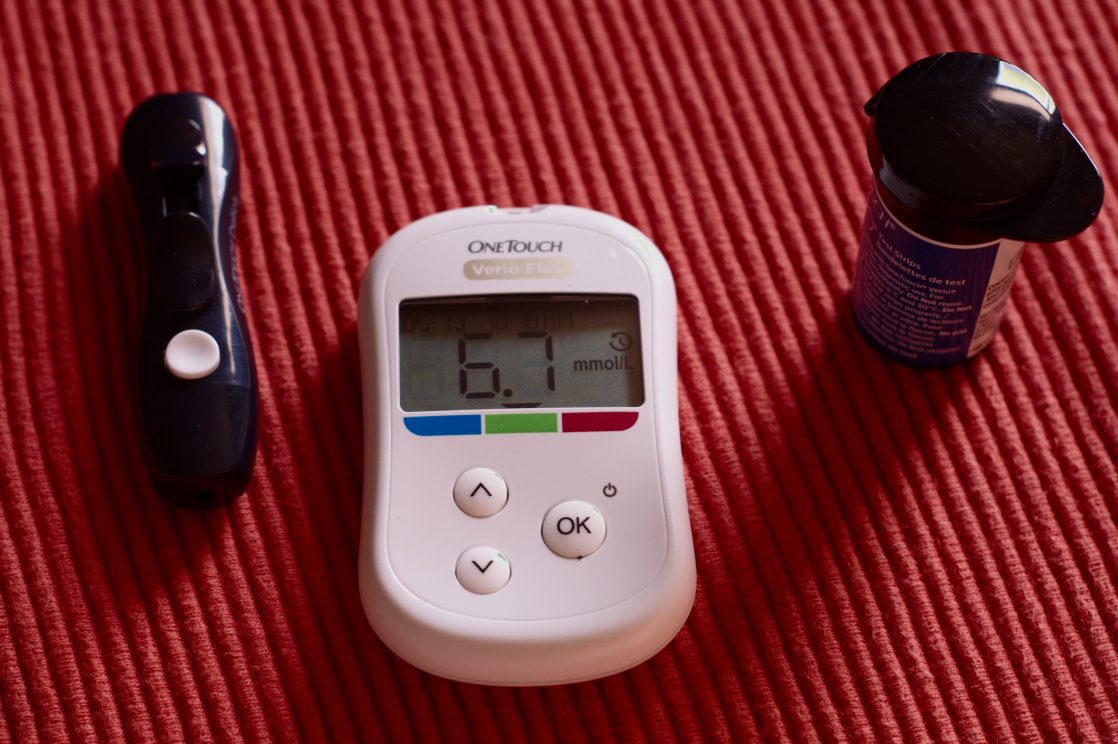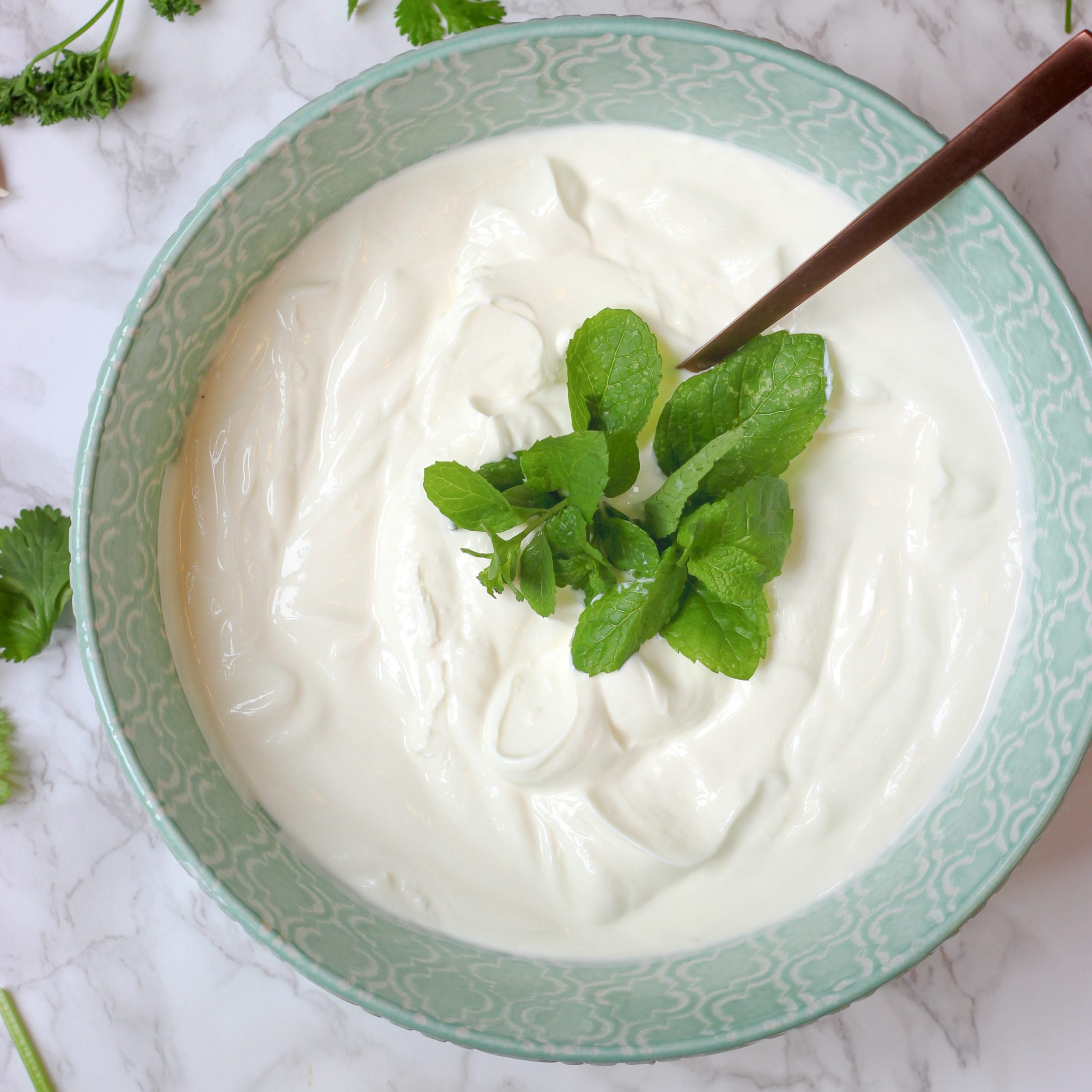
Can Diet Help Your Diabetes?
November is Diabetes Awareness Month, but learning about diabetes shouldn’t be an annual endeavor. Diabetes is on the rise, not only among our aging population, but our youngsters as well. Can diet help with diabetes?
Learn about the differences between Type-I Diabetes, Type II- Diabetes and Type III-Diabetes (yes, there is a type 3), some of the symptoms, and ways to manage your own condition or support those you love who are living with it.
Type I Diabetes
- Autoimmune disease – involves the immune system destroying cells in the pancreas, where insulin is made
- Unknown cause
- About 10 percent of the diabetic population has this type
- Typically develops in young age
- Genes may play a role
Type II Diabetes
- “Lifestyle” disease + runs in the family
- Develops when the body becomes resistant to insulin and sugar builds up in your blood
- Obesity increases risk of developing Type II diabetes, especially if you carry your weight in your belly
- Can be reversed
Type III Diabetes
- This form of diabetes occurs when neurons in the brain aren’t able to respond to insulin anymore
- Insulin is needed for basic cognitive functions such as memory and learning – which is why researchers now believe that insulin deficiency may have a central role in the brain functioning decline of Alzheimer’s
- Type III diabetes is now associated with Alzheimer’s disease, but some controversy exists with respect to Alzheimer’s being labelled as Type III diabetes and even with the diagnosis of Type III diabetes itself.
- Risk factors include a family history of diabetes, high blood pressure, obesity, and certain chronic health conditions such as polycystic ovarian syndrome (PCOS) or depression

SYMPTOMS
Symptoms between Type 1 and 2 are very similar, and can include:
- Increased hunger
- Increased thirst
- Frequent urination
- Blurry vision
- tiredness
Diabetes I has the unique symptom of unintentional weight loss; while type 2 includes sores that are slow to heal.
Many will recognize the following symptoms as ones for dementia, but they are also for type 3 diabetes:
- Memory loss
- Difficulty with familiar tasks and routines
- Decreased judgement
- Misplacing items
- Sudden changes in personality
What Goes On in Each Type of Diabetes
The body is an amazing machine. At all times, it is constantly trying to maintain homeostasis within. It will do this even to the detriment of other body systems. Its main goal is to stay alive and reproduce. It will take what it needs from other parts of the body to ensure that the heart keeps pumping.

There are many ways that the body has to maintain homeostasis, such as regulating temperature, glucose, blood pressure, toxins and pH levels. The body must regulate glucose levels to stay healthy. When glucose levels become too high, the body releases a hormone called insulin. If they become too low, the body converts the glycogen in the blood to glucose.
Once the pancreas is damaged, insulin is not produced; and so medication is necessary in order to help regulate glucose levels, typically in the form of insulin injections. This is Type I diabetes.
However, in the case of Type II diabetes, as this is a “lifestyle” that greatly contributed to unstable amounts of blood sugar, lifestyle changes will in turn help balance them out again. Diet is a big contributor to this type of diabetes.
Type III diabetes needs to be in the hands of medical professionals, since it typically coincides with Alzheimer’s disease. But following some of the food recommendations is a good idea as well in order to help ease inflammation within the body.
When it comes to diet, you need to think about maintaining blood sugar levels and reducing inflammation. Think antioxidants!
Here are the top 5 Foods that can help manage and prevent diabetes through diet
- Fatty Fish – omega-3 fats is the magic in fish that can help reduce inflammation in the body. A great protein source that helps manage blood sugar levels.

- Leafy Greens – a great source of antioxidants that can protect your heart and eyes.

- Greek Yogurt – a yummy snack that can help with weight management, help encourage healthy blood sugar levels and reduces risk factors for heart issues.

- Garlic – oh how the body indeed loves Garlic! Increasing your intake of garlic helps lower blood sugar levels, lowers inflammation and cholesterol, and lowers blood pressure in diabetics.

- Squash – another great source of antioxidants, winter and summer squashes may help lower blood sugar.

For more foods that are great for helping manage diabetes symptoms, check out this link!
In the fight to manage diabetes, the goal is always to try and manage your blood sugar levels and reduce total body inflammation. Your support circle should include a medical doctor, dietician, nutritionist, mental health professional (reducing stress = reducing oxidation/inflammation), and some friends to take long walks with. Control your diabetes symptoms and get back to a full and vital life!


